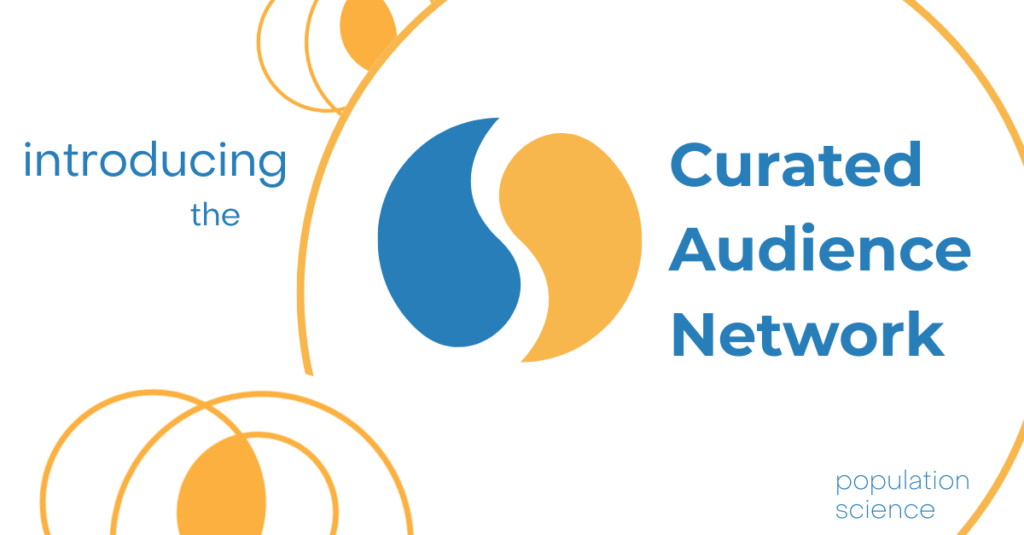
Introducing the Curated Audience Network: Where Quality Data Meets Premium Inventory
In today's fragmented digital advertising landscape, media buyers face a persistent challenge: how do you ensure ...

Understanding Invalid Traffic (IVT) – Fundamentals
What is Invalid Traffic?
Invalid traffic encompasses any activity that doesn't come from a genuine user with ...

Curious about curation? A Guide For Understanding & Capitalizing On The Future Of Media Activation
Overview
When buying digital media most resources go into the inputs of the ad buying process (campaign ...

The End of the Open Web & Programmatic’s Rebirth
People love to drop hot takes in adtech so I promise the title of this post might lean into clickbait, but I’m not ...
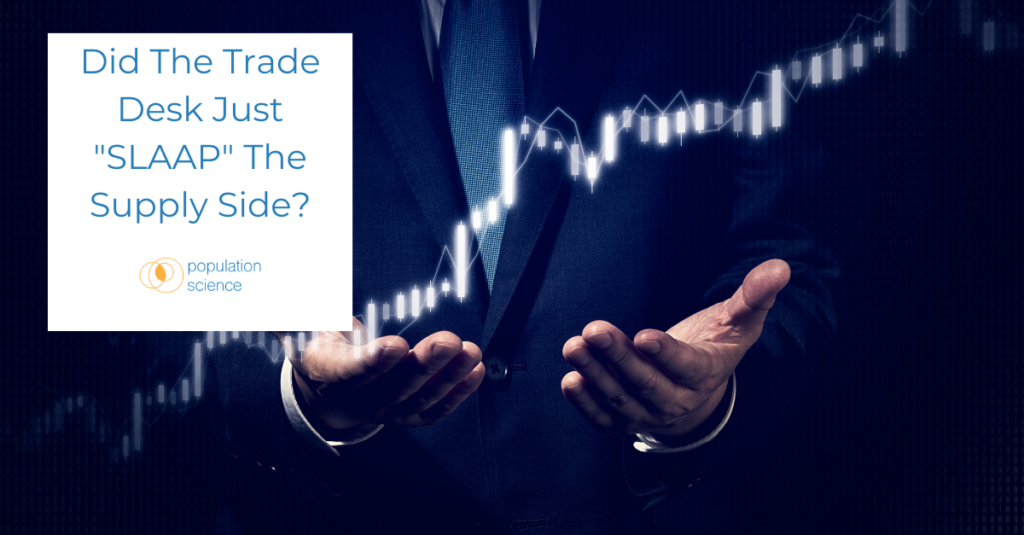
Did The Trade Desk Just “SLAAP” The Supply Side?
At this point it isn’t a secret that the programmatic ecosystem has done an abysmal job with brand safety and ...
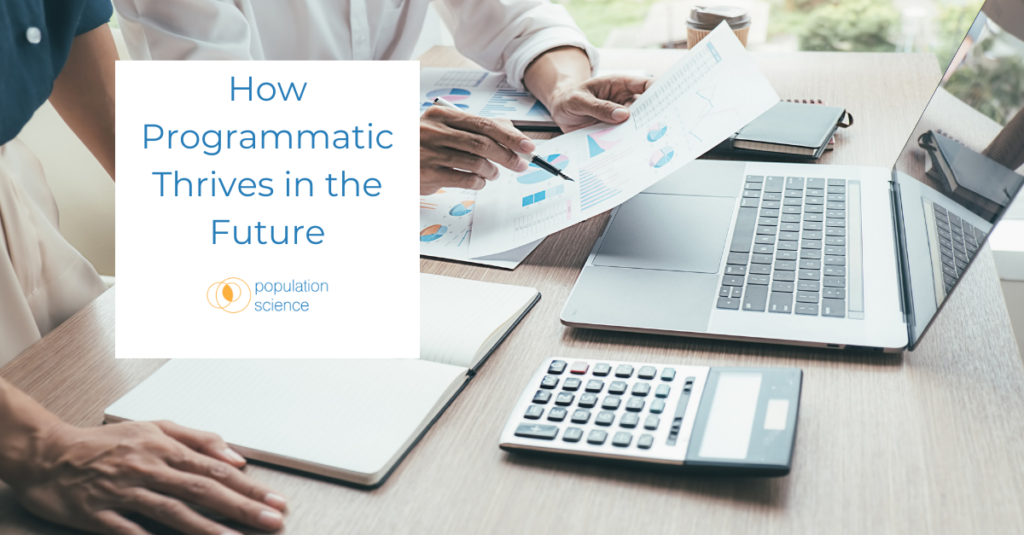
How Programmatic Thrives in the Future
As the hopes and dreams of a truly open internet come crashing down around the adtech industry, is there any ...
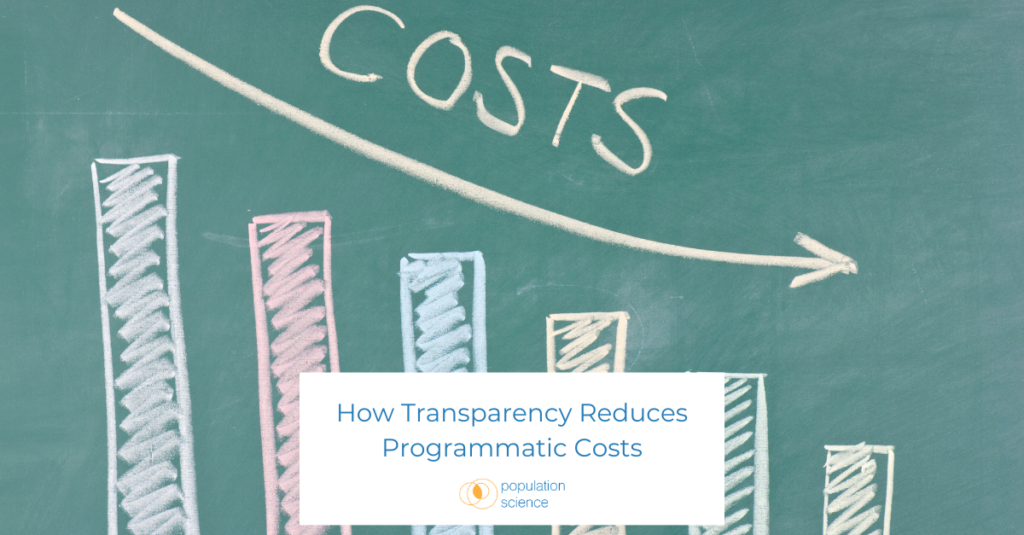
How Transparency Reduces Programmatic Costs
Transparency that comes via in-housing programmatic media buys plays a pivotal role in reducing costs and ...

The Strategic Advantages of In-Housing Programmatic Media Buying
In the ever-evolving digital advertising landscape, the shift towards in-housing programmatic media buying is ...
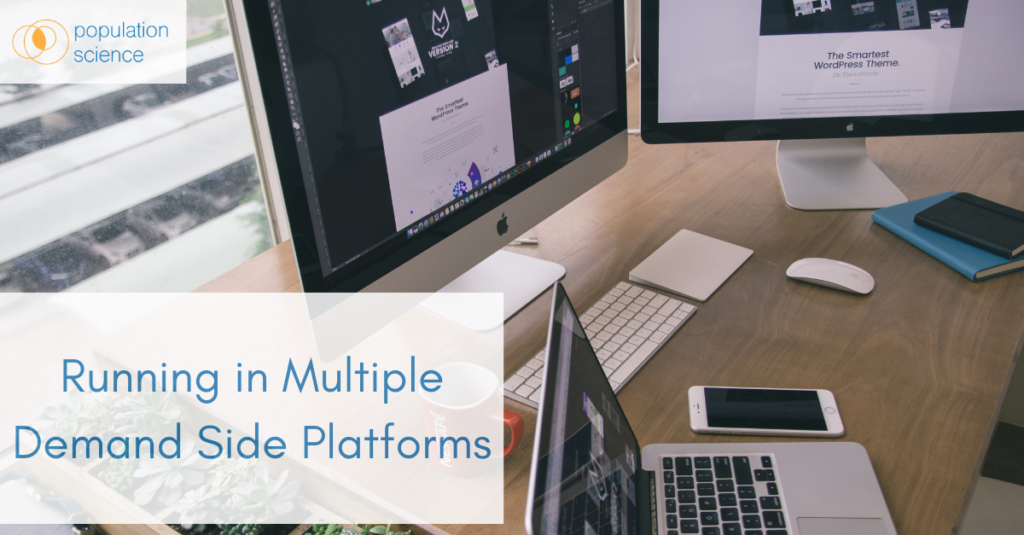
Running In Multiple Demand Side Platforms
Running ads efficiently on more than one Demand Side Platform (DSP) requires a strategic approach that optimizes ...
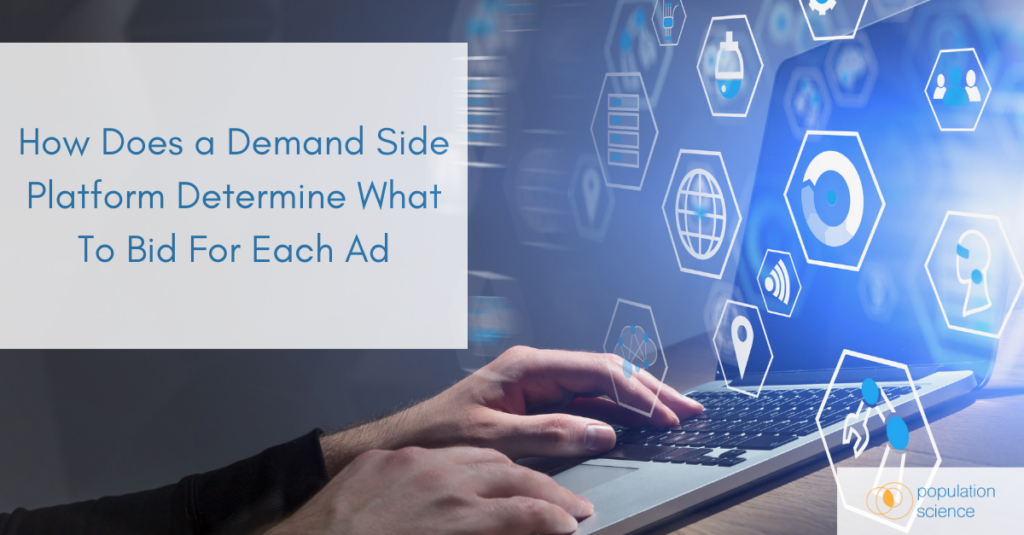
How Does a DSP Determine What to Bid for Each Ad?
A Demand Side Platform (DSP) determines what to bid for each ad impression using a complex process that takes into ...

What Are All Of The Functions Of A Demand Side Platform (DSP)
A Demand Side Platform (DSP) is a sophisticated piece of advertising technology that automates the purchase and ...

Demand Side Platform for Small Businesses
For small businesses looking to leverage a Demand Side Platform (DSP), the focus is typically on finding a ...
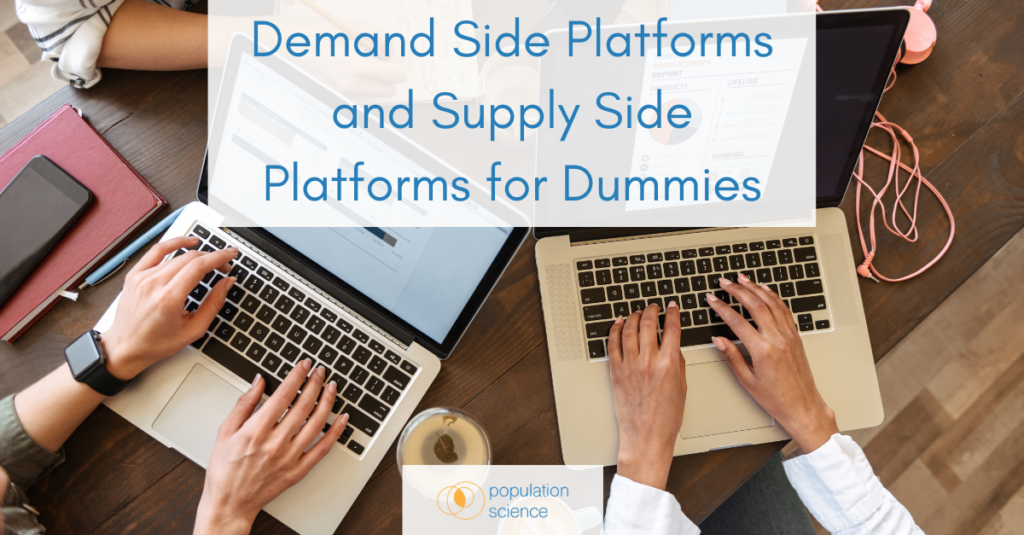
Demand Side Platforms and Supply Side Platforms for Dummies
Demand Side Platforms (DSPs) and Supply Side Platforms (SSPs) are two critical components in the ...
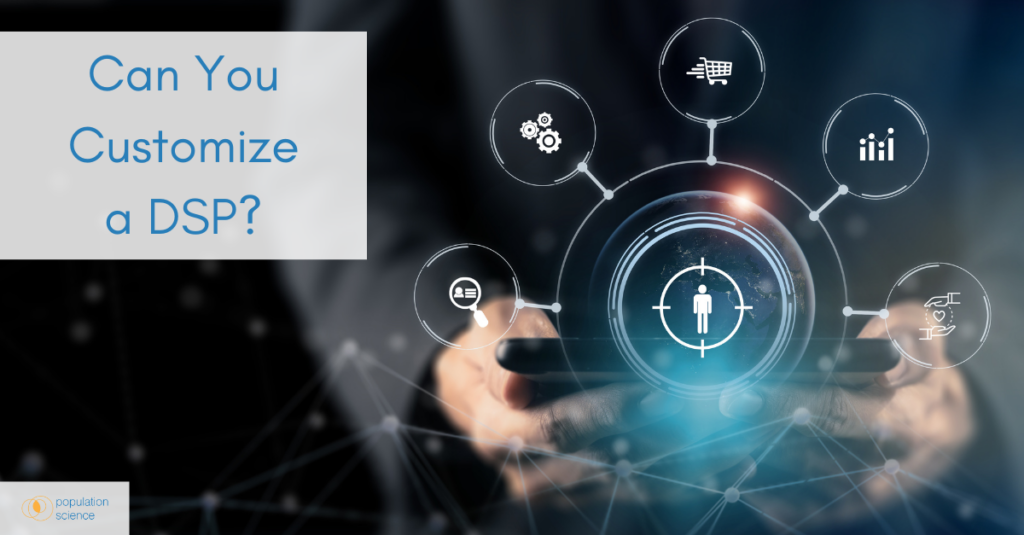
Can You Customize a DSP?
Demand Side Platforms (DSPs) often offer various levels of customization to better meet the specific needs of ...
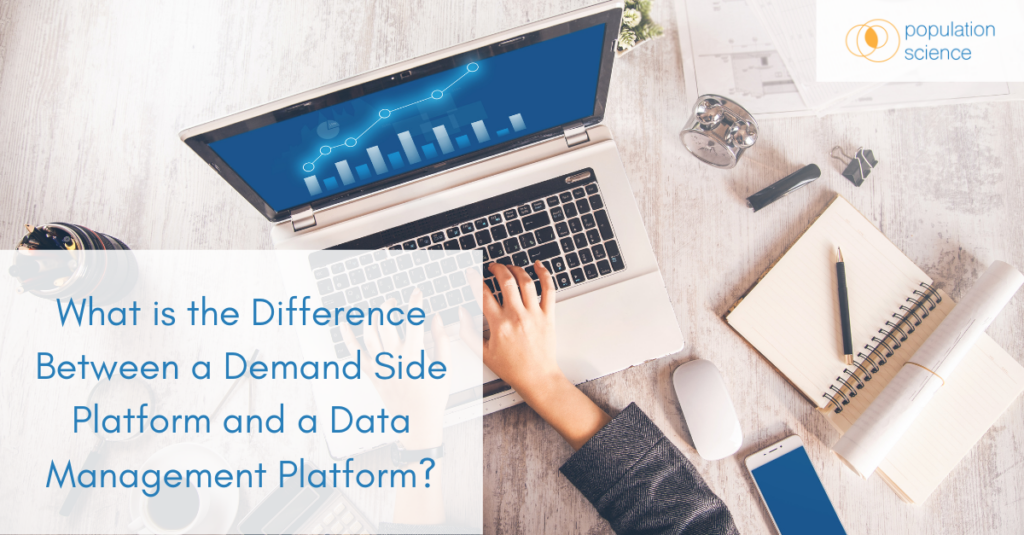
What is the Difference Between a Demand Side Platform and a Data Management Platform?
Demand Side Platforms (DSPs) and Data Management Platforms (DMPs) are both critical components of the digital ...
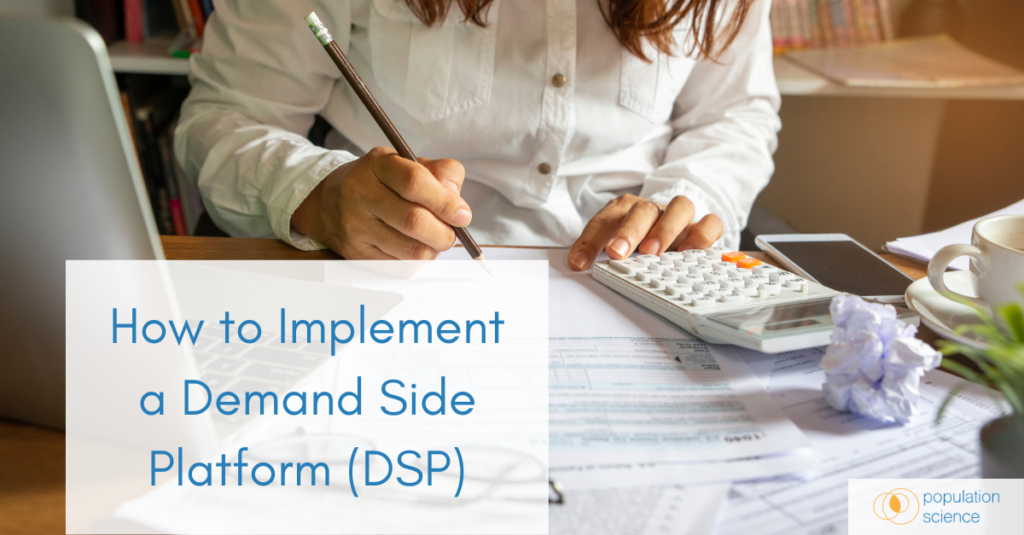
How To Implement A Demand Side Platform (DSP)
Planning how to implement a Demand Side Platform (DSP) into your digital advertising strategy involves a ...

Demand Side Platform Buyer Guide
You are ready to take your digital marketing program to the next level with programmatic media buying via a DSP. ...
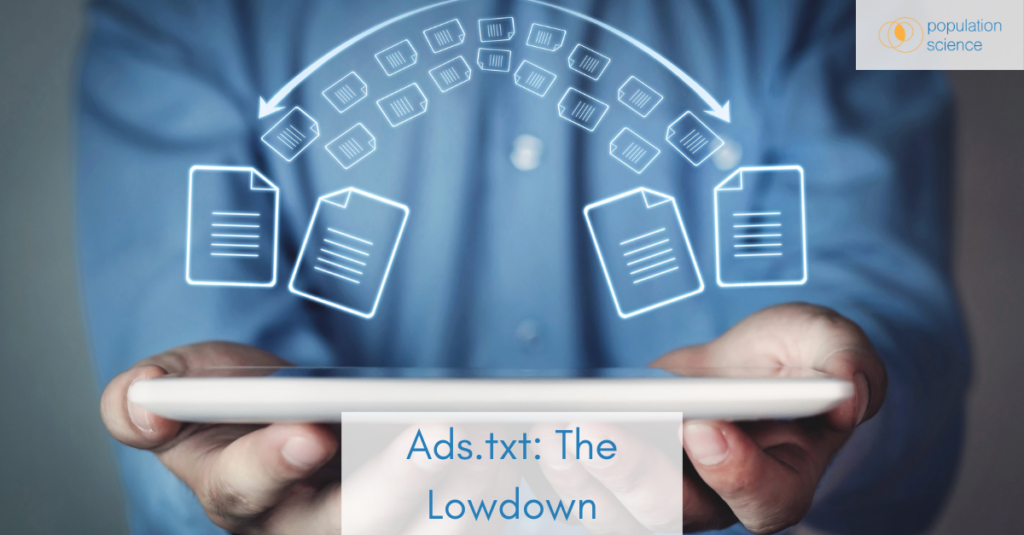
Ads.txt: The Lowdown
Ads.txt, which stands for "Authorized Digital Sellers," is an IAB (Interactive Advertising Bureau) initiative ...
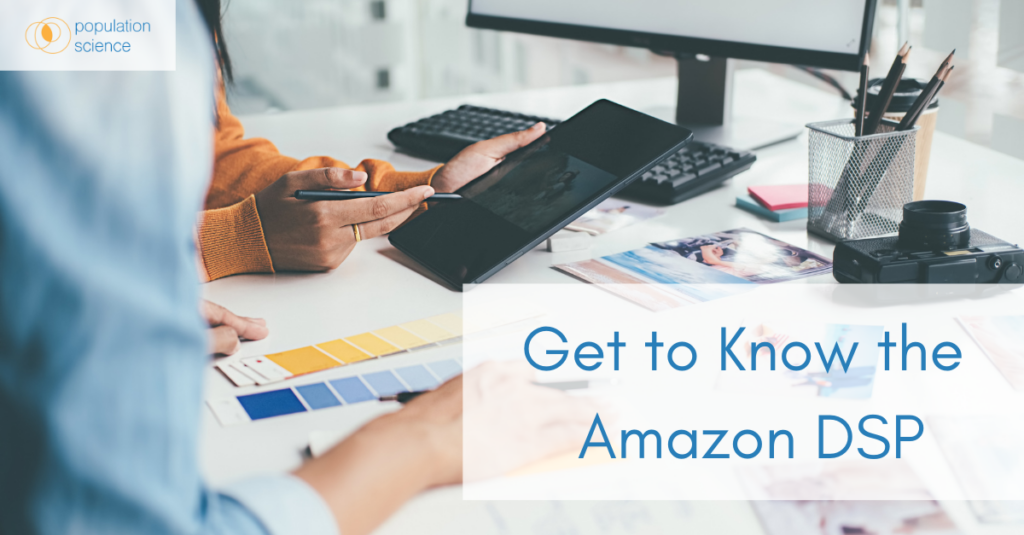
Get to Know the Amazon DSP
Amazon DSP (Demand-Side Platform) is a programmatic advertising platform offered by Amazon that allows advertisers ...

Rebroadcasting: The Dirty Secret of Digital Advertising
Rebroadcasting in programmatic advertising refers to the unauthorized or fraudulent practice of replaying ad ...

Header Bidding: The Basics
Header bidding, also known as header auction or pre-bidding, is a programmatic advertising technique used to ...

